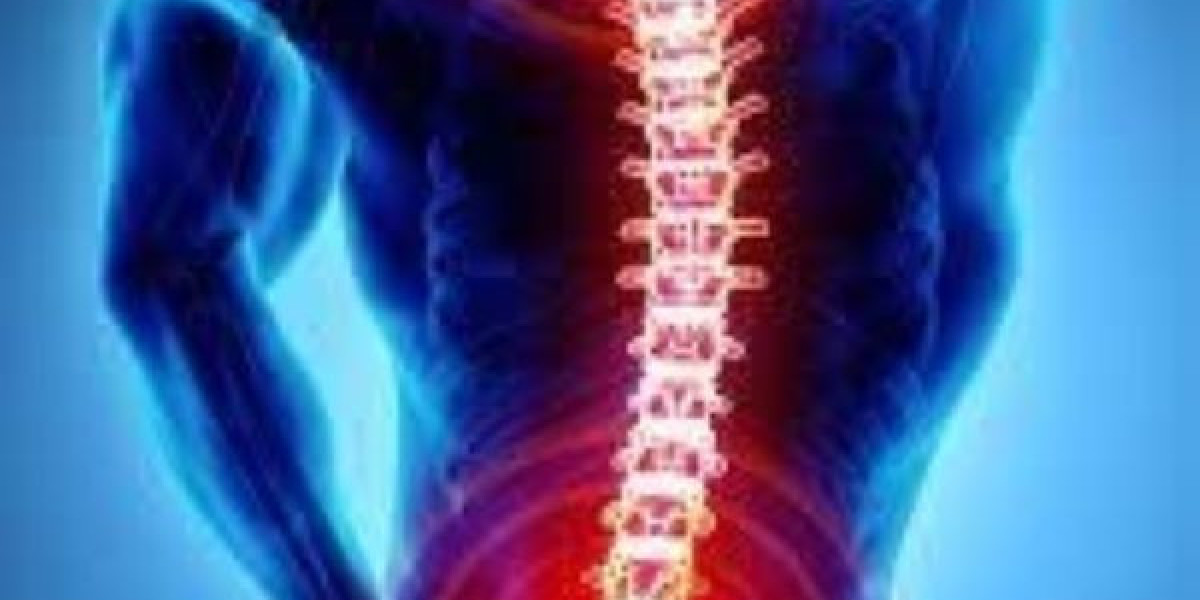Pain is a common experience that affects millions of people worldwide. Whether it's chronic pain, acute injuries, or muscle soreness, many individuals seek relief without relying solely on pharmaceuticals. This article explores various natural remedies for pain relief, examining their effectiveness and the science behind them.
Understanding Pain
Before delving into remedies, it's essential to understand pain's nature. Pain is a complex physiological and emotional experience. It can be categorized into two main types: acute pain, which is temporary and usually results from an injury or illness, and chronic pain, which persists over time and may not have a clear cause.
The Appeal of Natural Remedies
Natural remedies are increasingly popular due to concerns about side effects and dependency associated with conventional pain medications. Many people turn to these alternatives seeking holistic solutions that address not just the symptoms but also the underlying causes of their pain.
Common Natural Remedies for Pain Relief
1. Herbal Remedies
Turmeric
Turmeric contains curcumin, a compound known for its anti-inflammatory properties. Research suggests that curcumin can help reduce pain associated with arthritis and other inflammatory conditions. It can be consumed as a spice in foods, in supplements, or as a tea.
Ginger
Ginger is another potent anti-inflammatory herb. Studies indicate that ginger may effectively reduce muscle pain and soreness. Incorporating fresh ginger into meals, teas, or smoothies can harness its pain-relieving properties.
2. Essential Oils
Lavender Oil
Lavender essential oil is renowned for its calming effects, but it also has analgesic properties. Inhaling lavender oil or using it in a massage can help alleviate headaches and muscle tension.
Peppermint Oil
Peppermint oil contains menthol, which has a cooling effect and can help relieve headaches and muscle pain. Applying diluted peppermint oil to the affected area can provide quick relief.
3. Acupuncture
Acupuncture, a traditional Chinese medicine practice, involves inserting thin needles into specific points on the body. Research indicates that acupuncture can effectively reduce chronic pain, including back pain and osteoarthritis. This remedy is believed to stimulate the body's natural pain-relief mechanisms.
4. Physical Therapy
Physical therapy encompasses various techniques, including stretching, strengthening exercises, and manual therapy. It can be an effective way to manage pain, especially for musculoskeletal issues. A physical therapist can tailor a program to address specific pain concerns.
5. Massage Therapy
Massage therapy can help alleviate muscle tension and improve circulation, which may reduce pain. Techniques such as deep tissue massage, Swedish massage, and trigger point therapy are all effective for different types of pain. Regular sessions can lead to long-term relief.
6. Heat and Cold Therapy
Applying heat or cold to painful areas can provide immediate relief. Heat therapy, such as warm baths or heating pads, helps increase blood flow and relaxes muscles. Cold therapy, like ice packs, numbs the area and reduces inflammation.
7. Dietary Changes
Certain foods can help reduce inflammation and pain. A diet rich in omega-3 fatty acids (found in fish, flaxseeds, and walnuts), antioxidants (found in fruits and vegetables), and whole grains can promote overall health and reduce pain levels.
8. Mind-Body Techniques
Meditation and Mindfulness
Mindfulness meditation can help manage pain by shifting focus away from discomfort and promoting relaxation. Studies have shown that regular meditation can reduce the perception of pain and improve emotional well-being.
Yoga
Yoga combines physical postures, breathing exercises, and meditation, making it an effective practice for pain management. It helps improve flexibility, strength, and overall body awareness, which can contribute to pain relief.
What Works?
The effectiveness of natural remedies can vary from person to person. Factors such as the type of pain, individual response, and overall health play a significant role. Here’s a summary of what works for different types of pain:
Chronic Pain
For chronic pain conditions like arthritis or fibromyalgia, remedies such as turmeric, ginger, acupuncture, and physical therapy have shown positive results in various studies. Mind-body techniques like yoga and meditation can also be beneficial.
Acute Pain
In cases of acute pain relief from injuries, heat and cold therapy, along with massage, can provide immediate relief. Herbal remedies like ginger can also help reduce inflammation.
Migraines and Headaches
Essential oils like lavender and peppermint are often effective for headaches. Acupuncture has also been shown to reduce the frequency and intensity of migraines.
Safety and Considerations
While natural remedies can be effective, they are not without risks. It’s essential to consult with a healthcare professional before starting any new treatment, especially if you are taking other medications or have underlying health conditions. Some herbal supplements can interact with medications or have side effects.
Conclusion
Natural remedies for pain relief offer a variety of options for those seeking alternatives to traditional pain management. From herbal supplements and essential oils to physical therapies and mind-body practices, many avenues can provide relief. Understanding what works for your specific type of pain and consulting with healthcare providers can lead to a more comprehensive and effective pain management strategy. As research continues to evolve, integrating these natural remedies into your wellness routine can empower you to take control of your pain relief journey.







